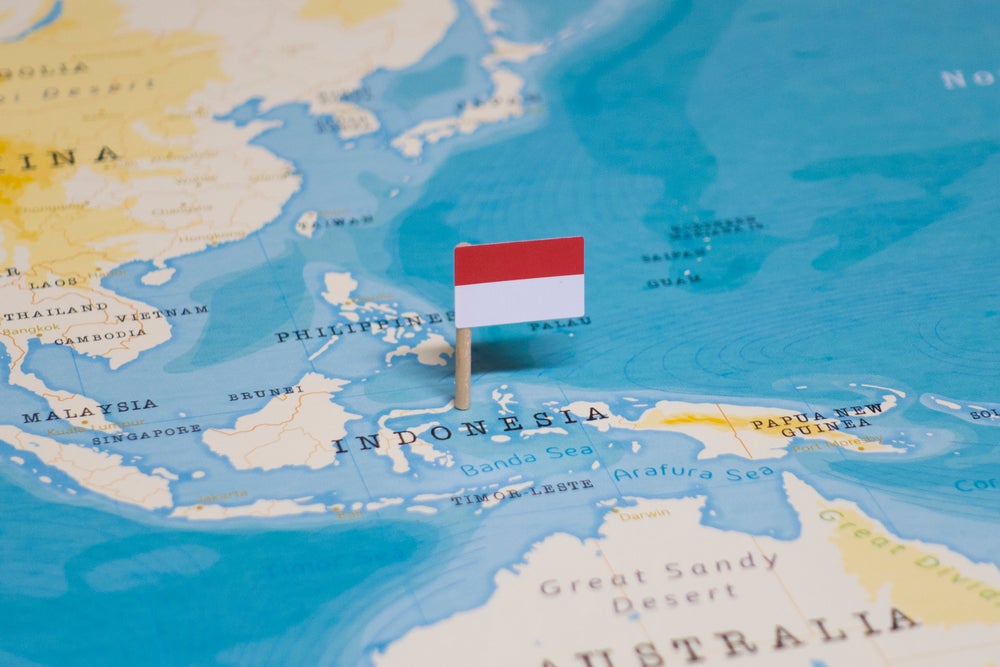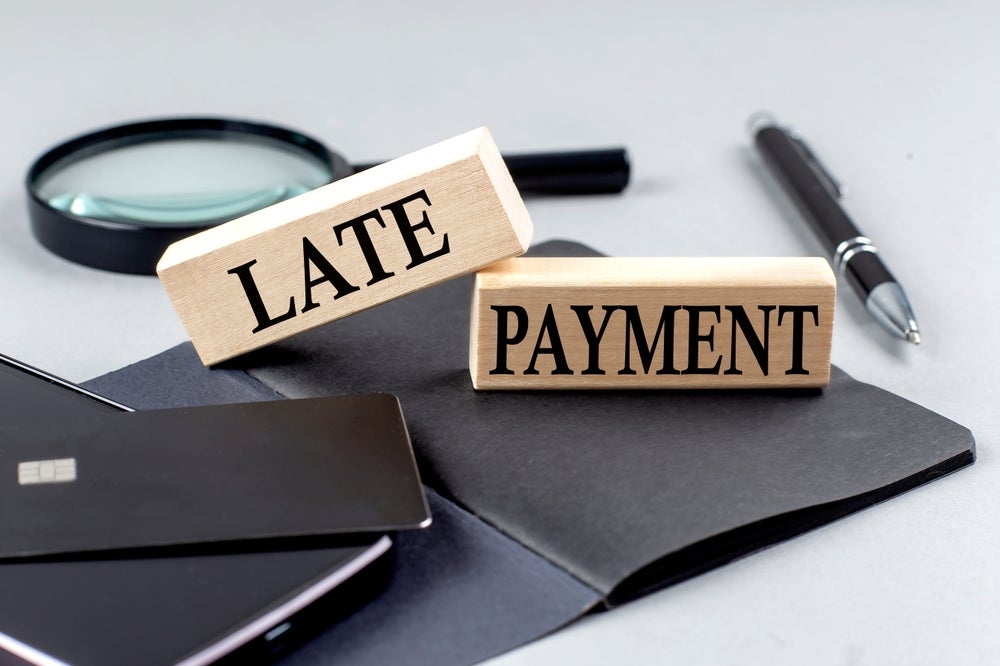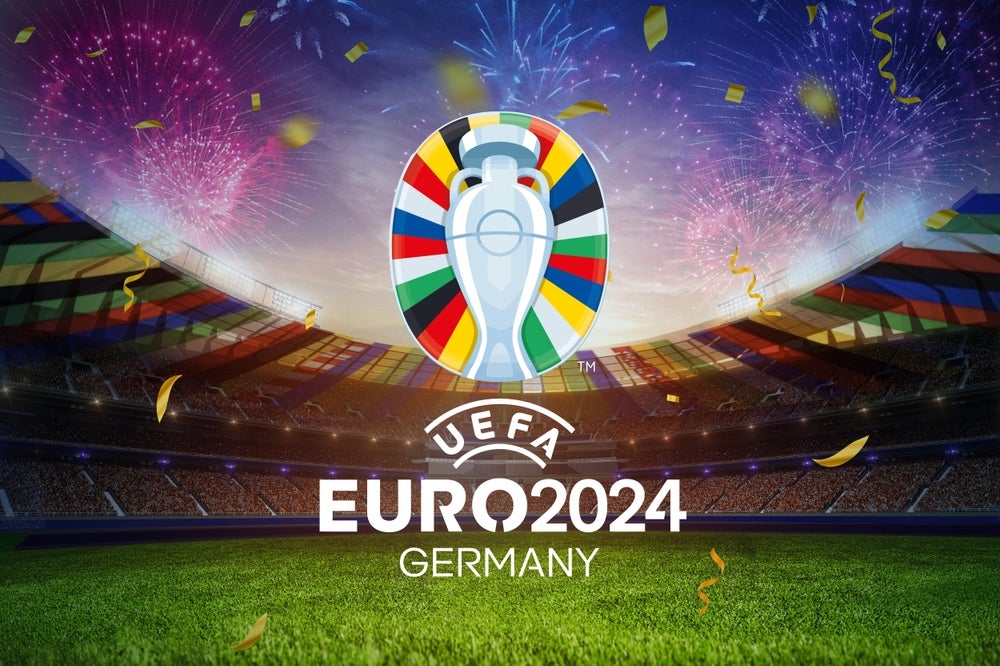Amid the hype over the potential of mobile phones to
transform the payments industry, the details of how the technology
will work have been overlooked. Liisa Kanniainen, vice-president of
mobile banking at Nordea, tells Victoria Conroy and Farah Halime
about the focus of the latest Mobey Forum White Paper.
When the issue of mobile payments comes
up, the most common model is that of physical mobile payments,
where a mobile phone is used to make a purchase at a merchant or
another physical location.
A new industry White Paper from the Mobey
Forum, whose membership encompasses financial institutions, mobile
operators, handset manufacturers and other stakeholders, shines the
spotlight on remote mobile payments – where payments can be made
irrespective of the location of the payer and payee.
The types of payments occurring under this
model include remittances, account-to-account transfers and bill
payments.
The White Paper identifies guidelines for
developing a payment ecosystem, stressing the need for
interoperability across different payment systems and stakeholders
across the globe.
How well do you really know your competitors?
Access the most comprehensive Company Profiles on the market, powered by GlobalData. Save hours of research. Gain competitive edge.

Thank you!
Your download email will arrive shortly
Not ready to buy yet? Download a free sample
We are confident about the unique quality of our Company Profiles. However, we want you to make the most beneficial decision for your business, so we offer a free sample that you can download by submitting the below form
By GlobalDataIt suggests that the mobile phone number, and
not any other specific code or identifier, should be used to
identify the payer and payee in a mobile remote payment
transaction.
According to Mobey, using the mobile phone
number will provide user convenience, ensure privacy and the
security of payment information, and facilitate interoperability
across stakeholders.
Liisa Kanniainen, vice-president of mobile
banking at Nordea and executive director of the Mobey Forum, told
EPI: “The majority of people in this world do not have a
traditional bank connection. But four billion people worldwide have
a mobile phone.”
“From this perspective, m-payments are very
interesting in the emerging markets and many people are looking
into them as a way to engage the unbanked and provide some
financial services and financial inclusion.”
 Changing the system
Changing the system
Mobey proposes an overhaul of the usage
of payment identifiers, such as bank account or credit card account
numbers that is commonplace.
For example, in a bank account-to-bank
account payment, this system requires the payer to provide the
details of the recipient – account number and routing information –
to their bank.
But in mobile communications, voice and data
messaging are routed using a unique identifier – the mobile
identifier, or MID – to identify the mobile subscriber. In such
communications the mobile phone number is used as the mobile
identifier or MID.
To develop a framework for facilitating mobile
remote payments that are efficient and convenient, the White Paper
strongly suggests that the mobile phone number is used as the MID
and not any other identifier for identifying, sending and receiving
payments between transacting parties.
In other words, when someone wants to initiate
a mobile payment, they need to know only the phone number of the
recipient and not the details of their bank account.
Kanniainen disregarded the risks of using a
mobile phone number as a proxy for transferring payments.
She said: “There are security implications for
using the mobile phone number but those are very much positive. I
don’t have to reveal my account number to you if you were sending
me money… You can safely transmit money.”
“It is possible to trace, on a bank level, the
customer [and] it can be a prepaid phone, it doesn’t have to be a
post-paid phone because that’s the phone number which you have
disclosed with your bank through a secure connection like an
internet bank.”
At the very minimum, according to the Mobey
White Paper, there are three key reasons for using the mobile phone
number as the MID and the primary identifier for mobile remote
payments:
- Convenience: A new payment instrument, method,
or channel must offer a compelling consumer experience based on
added customer convenience to attract users. People already
communicate using phone numbers; - Privacy and security: People are reluctant to
share their financial details with others unless they trust
them.
Using a payment mechanism that only requires the MID while keeping
the payment details confidential ensures the integrity of a remote
payment system and keeps financial information private; and - Interoperability: Not all payment systems are
interoperable. The systems and protocols leveraged by Visa and
MasterCard are to a large extent similar as they follow common
technical standards but they are not interoperable with each other.
Mobile phone numbers, on the other hand, follow standardised
topologies and are based on global routing and roaming
standards.
The White Paper lays out a road map for
financial institutions to offer a quick and pragmatic route to
mass-market acceptance of mobile remote payments.
Benefits are significant
For Kanniainen, the transition for mass
adoption of contactless is about motivating card-holders to use a
mobile instead of cash.
“I think most organisations are trying to
motivate people to use mobile payments instead of cash because it
makes sense for banks and merchants,” she said.
There are costly implications for banks
accepting cash, whereas card payments are an efficient payment
mechanism for them, according to Kanniainen, although she admits
changing a consumer habit requires considerable motivation on
behalf of both parties.
Different approaches to implementing a mobile
payment ecosystem emerge in developing and developed markets, with
the former focused on the unbanked population, or those without
access to a financial institution or simple financial services like
a bank account.
In emerging markets, the m-payment approach
that Mobey is proposing will likely be the first point of entry
into financial inclusion. In developed markets, the payment system
will be linked into existing bank accounts.
“This would provide an obvious convenience
benefit for consumers, since they would not have to move money in
advance to a separate account but can just use the funds that they
have on their standard account,” Kanniainen said.
Ecosystem requirements
But there are certain key requirements
that are integral to a mobile remote payment ecosystem irrespective
of the marketplace or geographic region of activity.
The White Paper talks about the
development of the m-payments infrastructure occurring in three
phases.
For the development of an open mobile
remote payment environment, it is important for stakeholders to
review different available interoperability options, depending on
what approach best suits each market:
- Level One – Existing: The first level
relates to existing interoperability and the development of shared
or common infrastructure (CI) that allows the routing of payment
transactions based on the mobile identifier (MID).
The mobile payment industry should aim at developing interoperable
directory services that link a customer’s MID with the associated
payment instrument registered by the customer.
In a fully centralised environment, the directory service should
support a query protocol to retrieve the payment instrument details
using the MID of the parties registered for preparing payment
instructions and submitting these for processing, clearing and
settlement over, as far as applicable, existing payment systems
such as ACH or card networks. - Level Two – Intermediate: The second level is
based around intermediate interoperability, an extension of the
model above, where the CIM provides additional services to bridge
the interoperability gap across different closed-loop systems and
across open systems that are currently not interoperable.
This model does not propose new transaction formats or make any
standardisation recommendations. The actual framework or model
design will depend on the CIM and may vary from market to
market. - Level There – Direct or extended: The third
level, direct interoperability, suggests direct payment messaging
and facilitation between the payer and the payee without the need
for any common infrastructure.
A key requirement of the model is that an open standardised mobile
payment message format is agreed by all the stakeholders.
The payment providers will then accordingly make system changes
within their existing technology systems and develop suitable
interfaces to process such payment messages.
Upswing in demand
The m-payment industry has ballooned in
the last few years in both the developed and developing markets,
but Kanniainen is cautious about its growing prevalence.
“That is often a question that is brought
up in the industry. If I had a crystal ball…!” she said.
Kanniainen, who has been working in the
m-payments industry for 15 years and led the first mobile payments
system with the Nokea communicator handset, said the industry
development has been slower than expected.
“When I see the reasons that are prohibiting
the growth go away, then I’m really positive because there seems to
be a demand,” she said.
The main challenges that the industry has
faced, including the requirement of authenticating transactions,
has set the agenda for the White Paper.
But with positive feedback pushing the market
forward, the potential for m-payment technology to take precedence
is becoming more likely.
No specific examples were drawn attention to in
the White Paper, although it is known that many of the Forum’s
members, including Royal Bank of Scotland, BBVA and DnB Nor, have
already or plan to implement m-payment technology.
Kanniainen would not be drawn on whether Nordea
will be launching products and services based on the
recommendations but said the bank was “actively looking into the
space”.
“I know that many of [our members] are
obviously interested in this area. For the payment processors this
is certainly an area where they can make a difference.”
Core components
Three core components of a mobile
remote payment ecosystem enable a payment transaction to be
securely and successfully completed.
- Communications or messaging: Firstly, messages
between the various parties to a payment transaction are crucial. A
payer needs to know when a payment was authorised, approved, or
completed.
For a receiver it is critical to know the status of a payment so
that a decision can be made to release goods or acknowledge receipt
to complete the transaction. For mobile remote payments,
communications can take place utilising a variety of available
technologies. It is highly likely that mobile network operators
(MNOs) will provide the infrastructure for message transport. - Payment facilitation: The payment facilitation
component assists in identifying the payment instruments used by
the two parties to a payment transaction.
The two parties may voluntarily disclose payment instrument details
to each other; they may rely on some form of linkage (through a
shared directory or some other facilitating asset) between mobile
identifiers and payment instruments belonging to the transacting
parties; or may deploy and/or comply with common mobile payment
transaction standards to make payments to each other. - Funds movement: actual transfer of value or
movement of funds will take place using available payment
networks.
A majority of payments in any market are processed leveraging three
widely used payment instruments: Bank accounts over ACH and other
interbank payment systems, payment cards and stored value accounts
(PayPal, Obopay etc) – over proprietary networks that may or may
not interface with banking and payment card networks.







